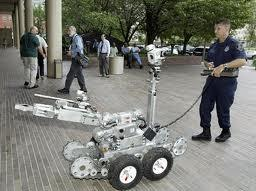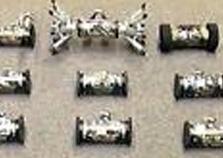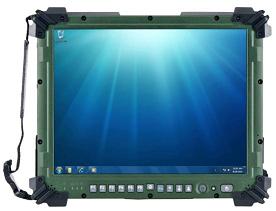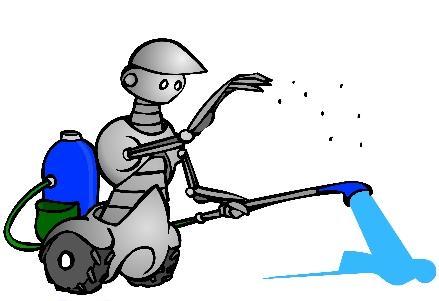What does Reversibility mean for the Defense industry? On January 5, the new U.S. Defense Strategic Guidance was released. Much attention was paid to the following:
 “DoD will manage the force in ways that protect its ability to regenerate capabilities that might be needed to meet future, unforeseen demands, maintaining intellectual capital and rank structure that could be called upon to expand key elements of the force.”
“DoD will manage the force in ways that protect its ability to regenerate capabilities that might be needed to meet future, unforeseen demands, maintaining intellectual capital and rank structure that could be called upon to expand key elements of the force.”
This line of thinking can be described as “ reversibility, ” a buzzword that has assumed prominence among those vendors who are trying to navigate the planned drawdowns and future budget cuts. “Reversibility” acknowledges the overwhelming historical evidence that we have a rotten track record of preparing for the next war, and we need to be able to change course as the situation warrants. Read more





 “DoD will manage the force in ways that protect its ability to regenerate capabilities that might be needed to meet future, unforeseen demands, maintaining intellectual capital and rank structure that could be called upon to expand key elements of the force.”
“DoD will manage the force in ways that protect its ability to regenerate capabilities that might be needed to meet future, unforeseen demands, maintaining intellectual capital and rank structure that could be called upon to expand key elements of the force.”


 Are keyboards dead? In view of their ubiquity, and proven usefulness, this may seem to be an absurd question, but some people are considering this possibility. The success of the keyboard-less iPad in penetrating the
Are keyboards dead? In view of their ubiquity, and proven usefulness, this may seem to be an absurd question, but some people are considering this possibility. The success of the keyboard-less iPad in penetrating the 


 Here we are, well into the second decade of a new millennium, and not only is there a conspicuous absence of jet packs, but also no robot butler made my breakfast this morning. Domestic robots are not completely unknown, of course. There’s the famous vacuuming
Here we are, well into the second decade of a new millennium, and not only is there a conspicuous absence of jet packs, but also no robot butler made my breakfast this morning. Domestic robots are not completely unknown, of course. There’s the famous vacuuming 


 One of the hottest topics in the unmanned systems community is civilian applications. As Smithsonian.com reports in
One of the hottest topics in the unmanned systems community is civilian applications. As Smithsonian.com reports in  here’s nothing quite like the prospect of a half of a billion dollars to get the blood pumping, the brain scheming, and the pundits pontificating. The President’s ambitious Advanced Manufacturing Partnership (AMP), which includes $70 million for robots, may not revive the American manufacturing sector, but it certainly has provided fodder for the technology media.
here’s nothing quite like the prospect of a half of a billion dollars to get the blood pumping, the brain scheming, and the pundits pontificating. The President’s ambitious Advanced Manufacturing Partnership (AMP), which includes $70 million for robots, may not revive the American manufacturing sector, but it certainly has provided fodder for the technology media.